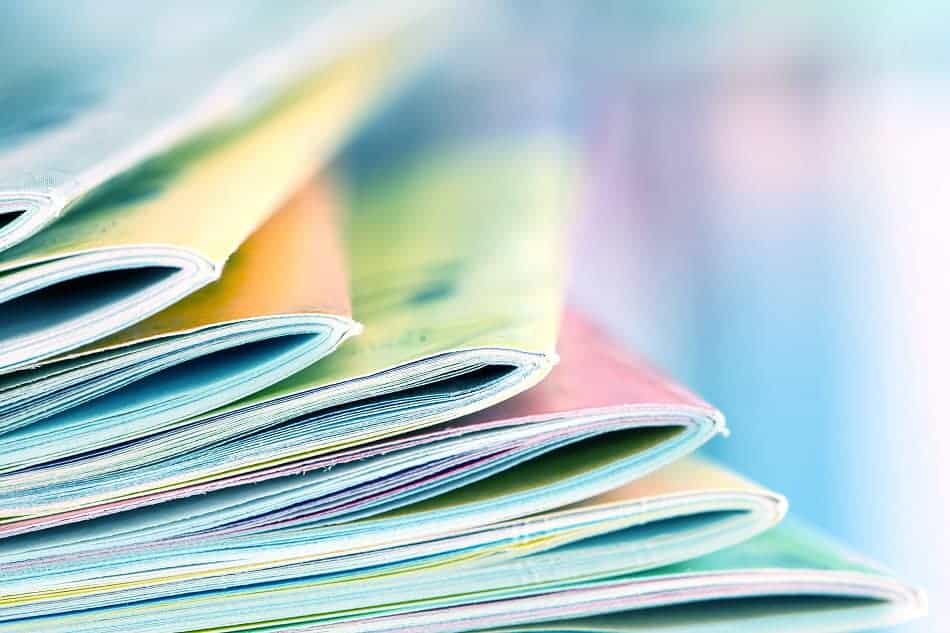
Table of Contents (Guide To Publication)
Part III: Communicating with Journal Editors: Submission, Acceptance, Revision and Rejection – Chapter 7
7. After Submission: Acceptance, Rejection and Revision
Waiting for a response from a journal to which you’ve submitted the paper that has cost you so much hard work and careful attention can feel like a time of limbo, so patience is required. You can use this time, however, to reflect on and record any alterations that come to mind as you agonise over whether you really did get everything right or not. Avoid changing any of the documents or files you actually sent to the journal, because they represent the versions of your work that you and the journal will be working with in the future if the response you receive is positive. Recording any ideas for changes in a separate note file associated with your original files can, however, be a useful way of keeping yourself in touch with your paper and preparing yourself for any revisions that may be necessary.
7.1 ‘Just What We’re Looking For’: The Successful Publishing Relationship
This is, of course, the response that every scholar would like to receive each time he or she submits a paper for publication. Unfortunately, that’s not the case, but for those fortunate enough to find a suitable home for their work at once, celebration is in order, so do take the opportunity to give yourself a well-deserved pat on the back – it’s not a small accomplishment to successfully publish your work in a reputable journal in today’s highly competitive publishing environment. Do not, however, consider your work done. Even when a journal immediately accepts a paper for publication, the acceptance is often accompanied by requests for revisions. These tend to be minor, but that doesn’t mean they’re unimportant to the journal’s editor, and there will also be proofs to tend to and perhaps other requirements depending on the journal.
Remember that despite your elation (and perhaps an overwhelming urge to hug the editor who sends you the good news) you should remain completely professional in your correspondence. Reply immediately, express your gratitude and excitement (within reason) about being published in the journal and your willingness to comply with any requirements that have been mentioned, whether general to all authors or specific to your paper. Only if you find that a request to make changes in your paper is impossible to accommodate should you refuse to make them, and then it’s best not to do so outright, but to explain carefully and courteously which requests present a problem and exactly why. If it’s unclear to you why such requests have been made, politely ask if the editor could explain the reason behind the requests more thoroughly. Similarly, if you’ve decided since you first submitted your paper that changes are needed, explain them carefully in your reply, describing in detail why you believe the changes necessary and what you intend to do to fix the problems: developments in relevant scholarship or updates of publishing information for sources are, for instance, valid and common reasons for changes. Be flexible and willing to compromise whenever possible with regard to revisions whether they are initiated by you or your editor, and do not wait to share your intentions or your changes until the copyediting or proof stage. Generally, at the proof stage revisions are very expensive and the only changes that can be made are corrections of errors; some publishers will charge authors for changes made this late in the game, even those that both author and editor deem absolutely necessary, and such changes can quickly become very expensive.
All requests from the journal whether major or minor should be dealt with in a timely fashion and all deadlines (for reading and correcting proofs, for instance) should be met. Journals usually work on very tight schedules, and you want your work published sooner rather than later. Keep the doors of communication open as you’re working toward final publication, and be sure to explain (and justify) any problems you’re facing that may make it difficult for you to comply with any requirements or to do so in the time frame set by the journal. Any fees for publication of your paper or for printing figures in colour (which tends to be expensive and cost extra) should be paid as soon as they are due. However, as such fees can often be paid by your university, subsidised through membership or taken from research grants or scholarship funds, do explore those avenues before sending along your credit card number: publication fees for some journals can be very high these days, and institutional support of scholarly publication is usually expected by journals as much as it is desired by academic and scientific authors.
This article is part of a book called Guide to Academic and Scientific Publication: How To Get Your Writing Published in Scholarly Journals. It provides practical advice on planning, preparing and submitting articles for publication in scholarly journals.
Whether you are looking for information on designing an academic or scientific article, constructing a scholarly argument, targeting the right journal, following journal guidelines with precision, providing accurate and complete references, writing correct and elegant scholarly English, communicating with journal editors or revising your paper in light of that communication, you will find guidance, tips and examples in this manual.
This book is focusing on sound scholarly principles and practices as well as the expectations and requirements of academic and scientific journals, this guide is suitable for use in a wide variety of disciplines, including Economics, Engineering, the Humanities, Law, Management, Mathematics, Medicine and the Social, Physical and Biological Sciences .
Table of Contents (Guide To Publication)
You might be interested in Services offered by Proof-Reading-Service.com
Journal Editing
Journal article editing services
PhD Thesis Editing
PhD thesis editing services
Expert Editing
Expert editing for all papers
Medical Editing
Medical Editing Services
Research Editing
Research paper editing services
Book Editing
Professional book editing services






